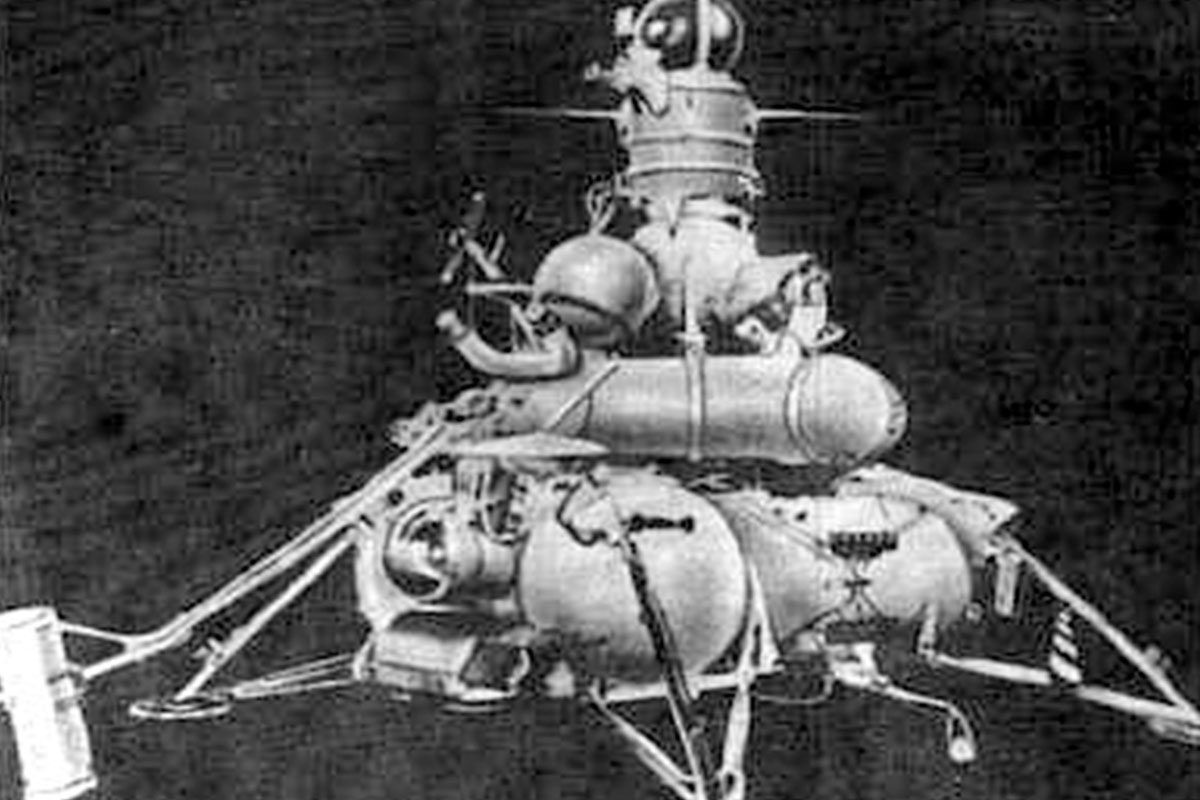By early 1969 the space race was coming to an end. Two previous Soviet attempts to launch unmanned spacecraft to the Moon had failed, with missions which objective was go to the Moon, land, collect soil samples, and bring them to Earth. The most important of the task was the deadline: the samples had to be on Earth before the Apollo 11 astronauts would return to our planet.
The USSR’s last attempt to do so was the launch of Luna 15: it took place on 13-Jul-1969 – three days before the launch of Apollo 11. Luna 15 launch was successful, the spacecraft even entered lunar orbit, but during the landing procedure, when it was about 3 km high, communications ceased. The spacecraft probably collided with some Moon mountain.
As seen, the main issue of the mission is the coincidence of dates with the Apollo 11 mission, which put the first humans on the Moon. There was concern from the western media and the US government itself that Luna 15 might try, somehow, disrupt (or sabotage) Apollo 11.
Astronaut Frank Borman (Apollo 8), who had just arrived from an official trip to Russia from July 1 to 10, was responsible to ask the Soviets for information about Luna 15. In response to a call from Borman, Mstilav V. Keldysh , president of the Soviet Academy of Sciences, responded with a telegram in which he assured that the lunar probe would not interfere with the Apollo 11 mission.
References
https://www.rbth.com/history/330657-luna-15-secret-moonshot
https://www.washingtonpost.com/history/2019/07/19/soviets-tried-beat-apollo-they-crashed-spacecraft-moon-instead/?noredirect=on

